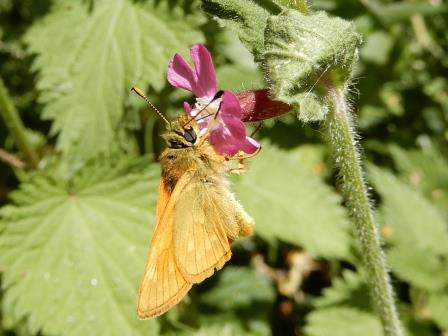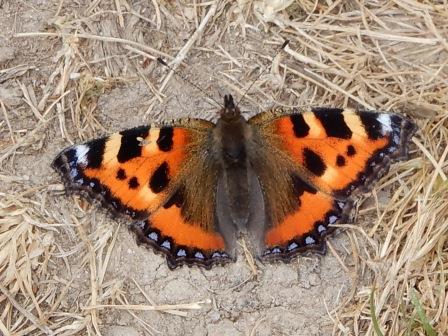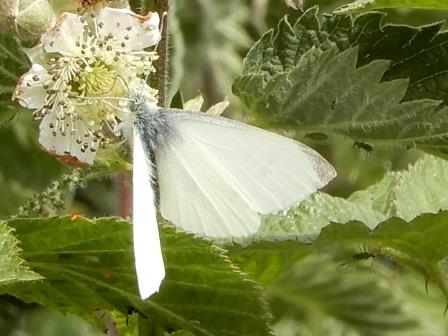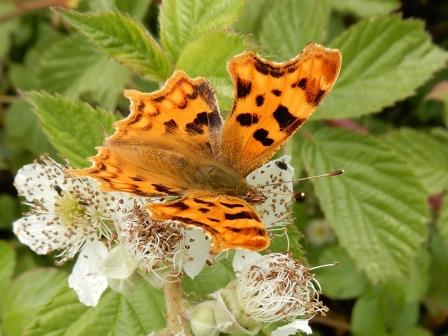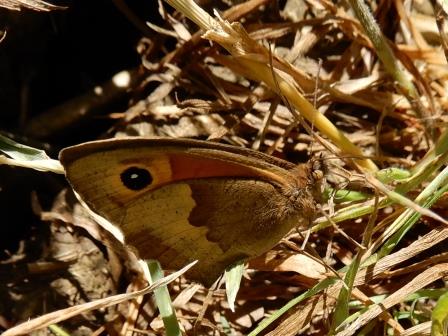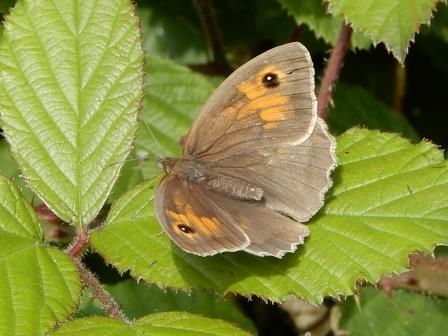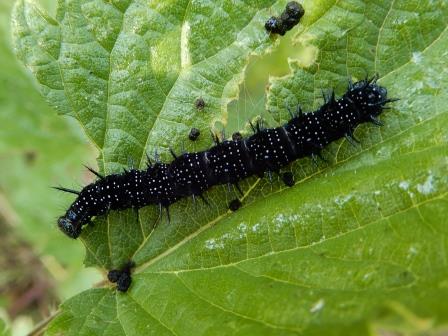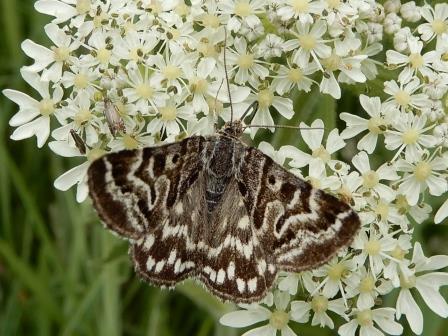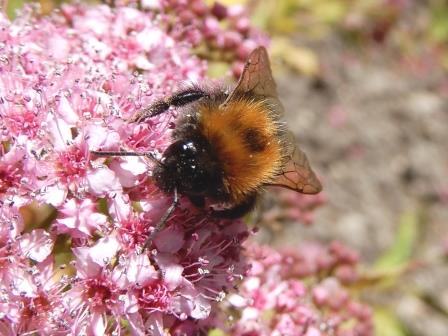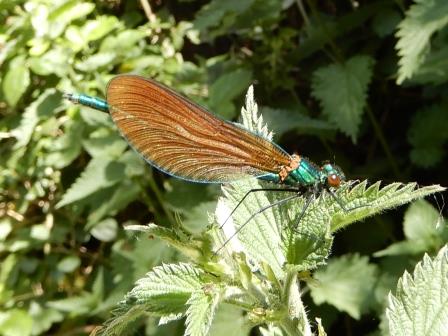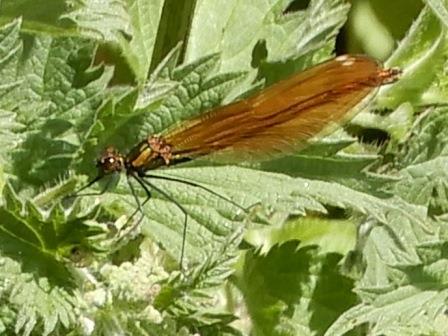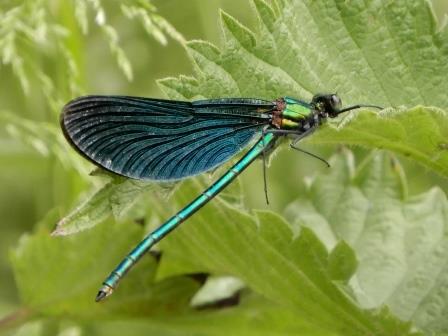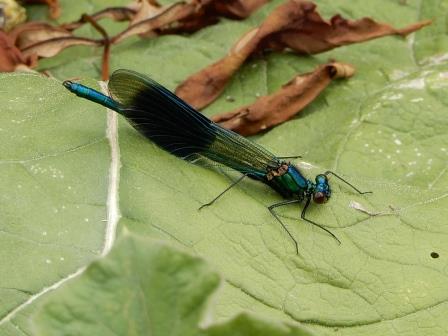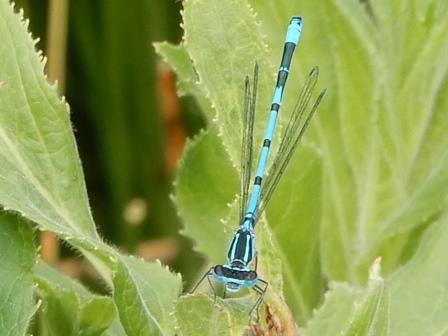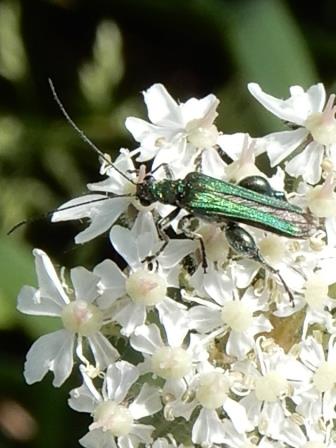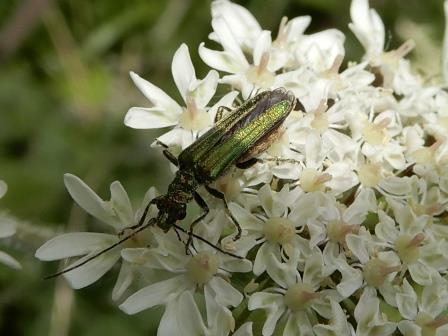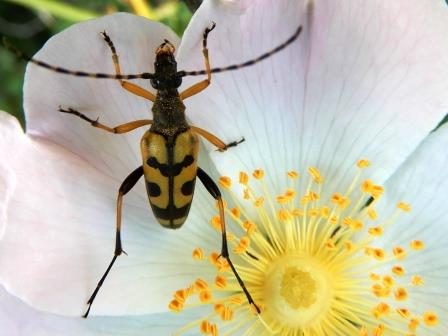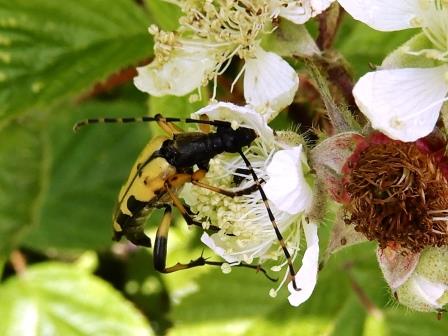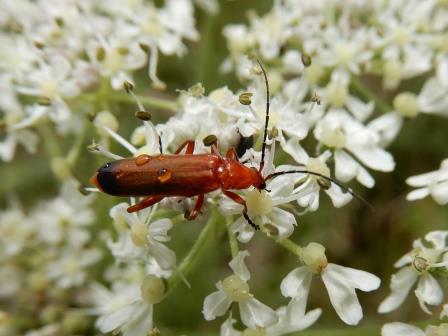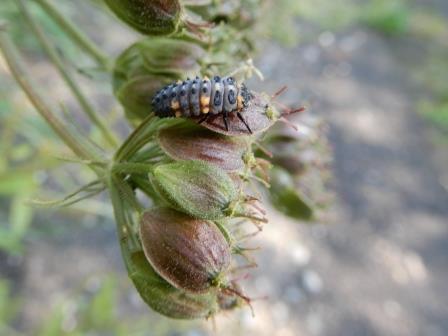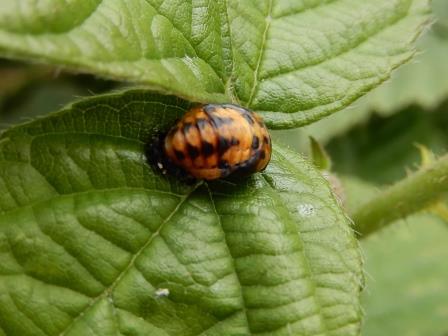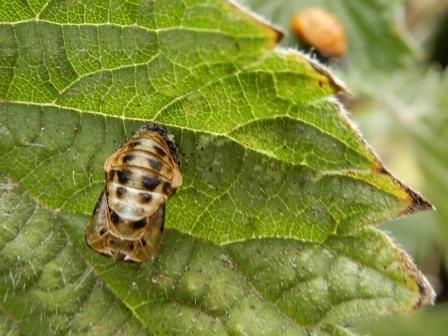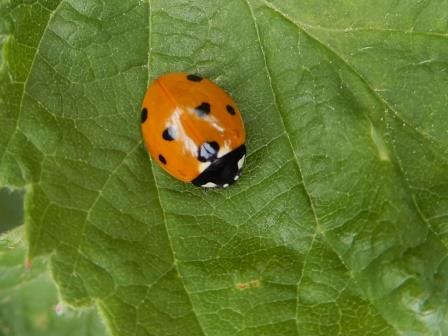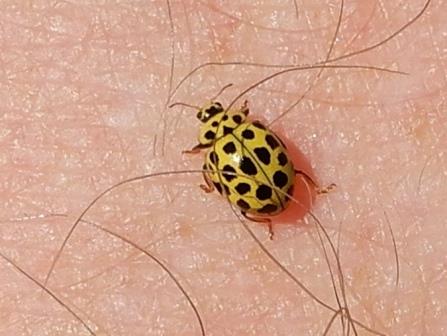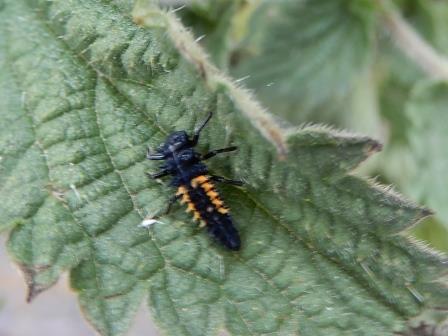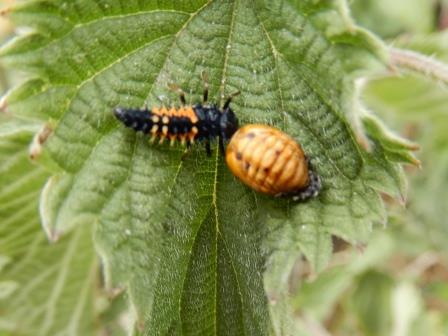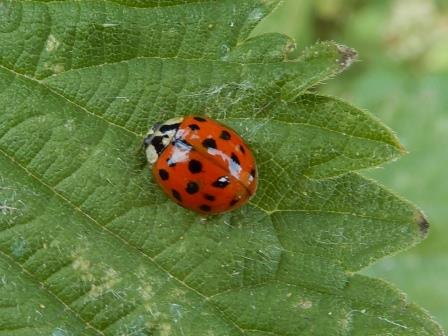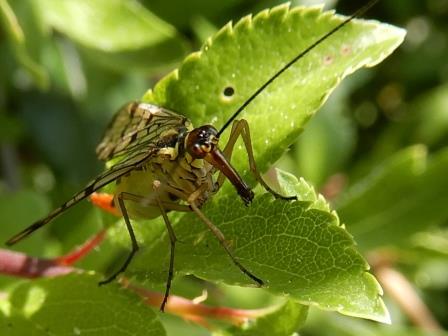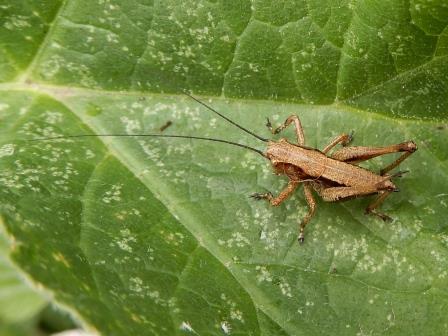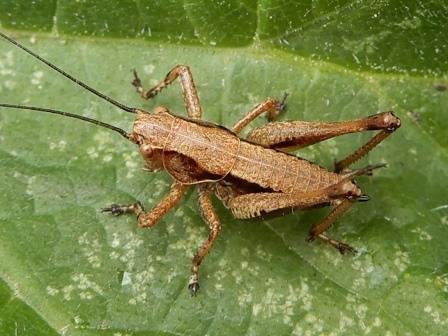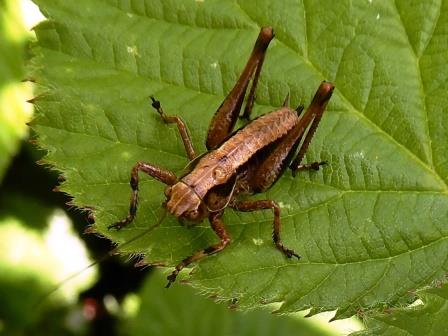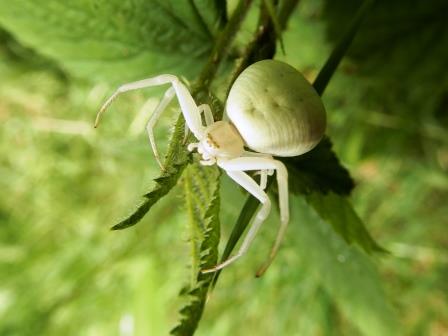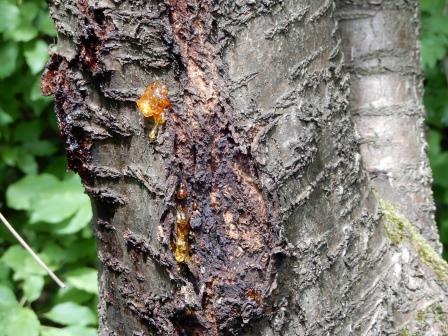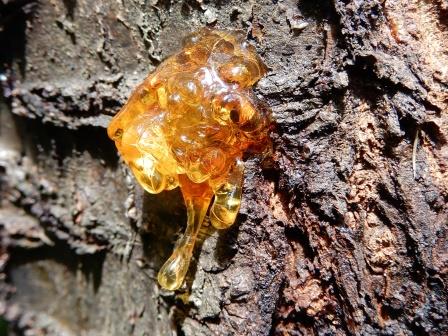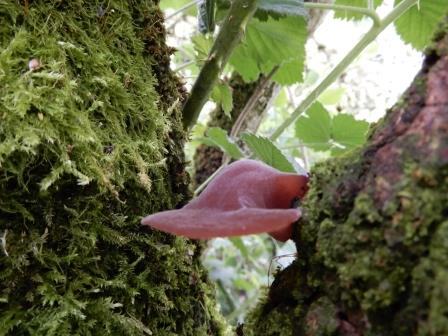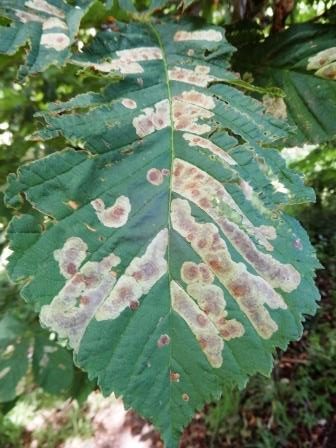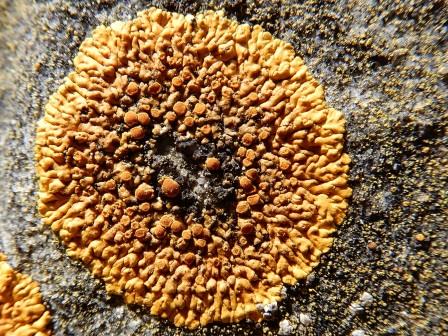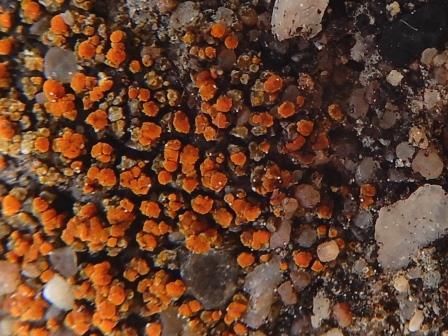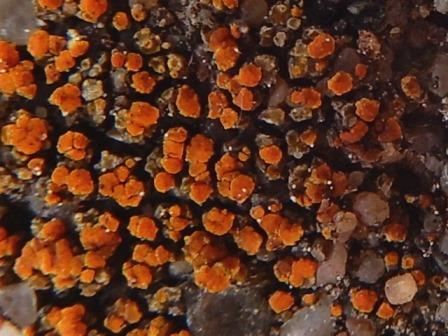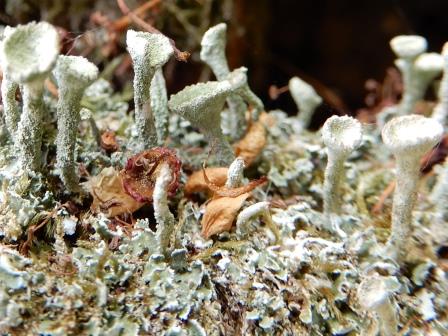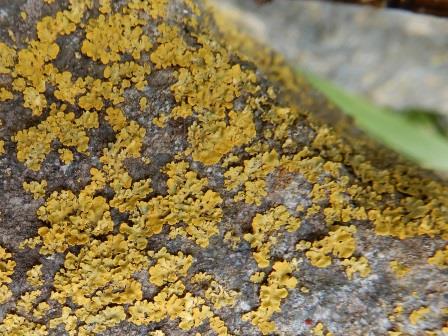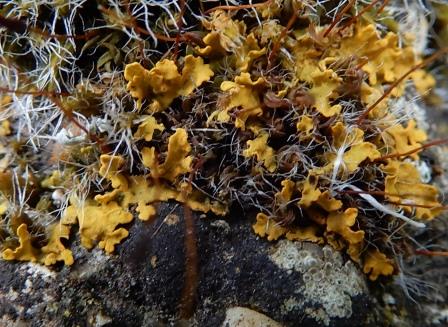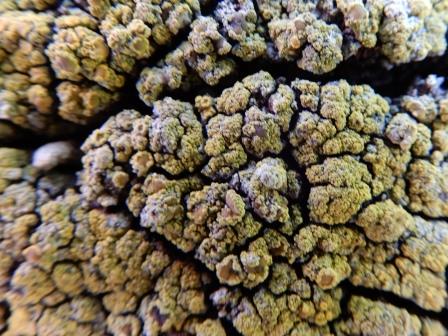Please refer to the Introduction Page to understand the context behind the monthly photographs.
Ladybirds
The female lays eggs usually in clusters of around 10-15 near colonies of aphids or other sources of food usually on the underside of leaves to protect them from any possible predators.
Within a week, the eggs hatch and what comes out looks more like a tiny dragon or alligator, called larva. As soon as larva emerges, it starts gobbling down aphids and other insects. The larva will eat up to 400 aphids in 2 to 3 weeks of its larval stage.
The larva then attaches itself to a leaf and pupates. In about a week the pupa will transform into a ladybird. The life cycle of a ladybird from egg to mature adult takes 4 to 8 weeks depending on the species and climate.
Spiders
The White Crab Spider uses the ambush tactics of stealth and surprise rather than making a web to catch its prey. An insect flies onto a white flower to collect the nectar or pollen and this partly hidden white spider pounces. It can tackle quite big prey which it stuns with its digestive juices.
Leaf miners
Cameraria ohridella - A multivoltine species that has up to three generations a year May to October. First discovered in Macedonia in 1985 it has rapidly spread across Europe gaining a foothold in the UK in 2002. The many mines on a single leaf can cause serious defoliation.
Lichen
Lichen are recorded at each new OS Grid location (hover for Grid Ref). They are then entered on the British Lichen Society spreadsheet and submitted for their Warwickshire VC38 Lichen database and Lichen mapping.
Churchyard lichens - St John the Baptist Church - Aston Cantlow
Chancel, nave and tower date from late in the C13.
Ones that escaped the camera lens this month
a) Green woodpeckers
